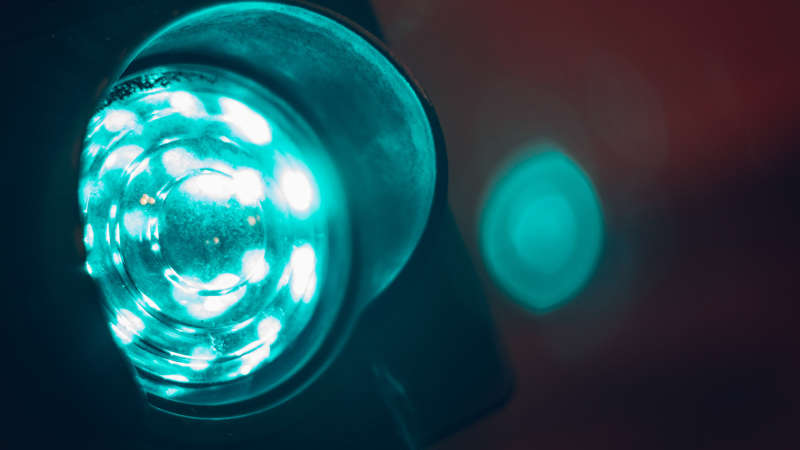The O Gozo Festival, one of the biggest music events in Galicia, returns to Monte do Gozo on July 6 and 13 with two days of nationally and internationally renowned artists.
The first day of the festival, Saturday, July 6, features a stellar lineup headlined by Ed Sheeran. The British singer will make his debut in the autonomous community with one of the most anticipated concerts of the summer for Galicians. Sheeran has sold more than 56 million records worldwide, with songs like ‘Shape of You‘, ‘Perfect‘ or ‘Bad Habits‘.
Sheeran appeared on the music scene in 2010 with his EP ‘No.5 Collaborations Project’. Since then, the artist has gained thousands of fans from all over the globe. He now has seven albums behind him and continues to reaffirm his status as one of today’s pop stars.
Ver esta publicación en Instagram
A lineup full of artists
Ed Sheeran will be accompanied by other important music artists, such as Mon Laferte. This Chilean singer-songwriter covers a wide variety of genres and has a signature style that has made her one of the most recognized artists in Latin America. Her album ‘Mon Laferte’ gave her great recognition in the industry and launched her career to new heights.
Also attending the event will be Fillas de Cassandra, the duo formed by María SOA and Sara Faro, who will bring their mix of traditional and avant-garde music to Monte do Gozo. The couple has stood out in Galicia thanks to their innovative proposal, their lyrics and their stage presence.
Angelina Mango, the winner of the San Remo Festival and Italy’s representative at Eurovision, will bring to Compostela her big hit ‘La Noia’, a contemporary cumbia that conquered all of Europe.
Bomba Estéreo is a Colombian band characterized by its electronic rhythms with influences from traditional Colombian music. It debuted in 2006 with its ‘Vol. 1’, praised by critics for its freshness. Since then, he has released numerous hits.
Finally, the German duo Milky Chance will perform at O Gozo Festival. They have a very particular style that mixes folk, electronic music and reggae. Their success came with their song ‘Stolen Dance’ in 2013, which went viral on social networks. Since then, they have not stopped working and have gained millions of listeners throughout the world.
You can check the event schedule below:
Ver esta publicación en Instagram
A day of electronic music
The second day of O Gozo Festival, July 13, will be entirely dedicated to electronic music. It will bring together in Santiago de Compostela the best DJs in the world, such as Armin Van Buuren, Claptone, Timmy Trumpet, Hardwell, Marshmello, Fedde LeGrand or Koro Lova.
Ver esta publicación en Instagram
The event was born in 2023 with the support of the Xunta de Galicia through the Galician Tourism Agency. After its successful first edition, the festival continues to bet on major musical proposals.
You can buy your tickets at the following link.



